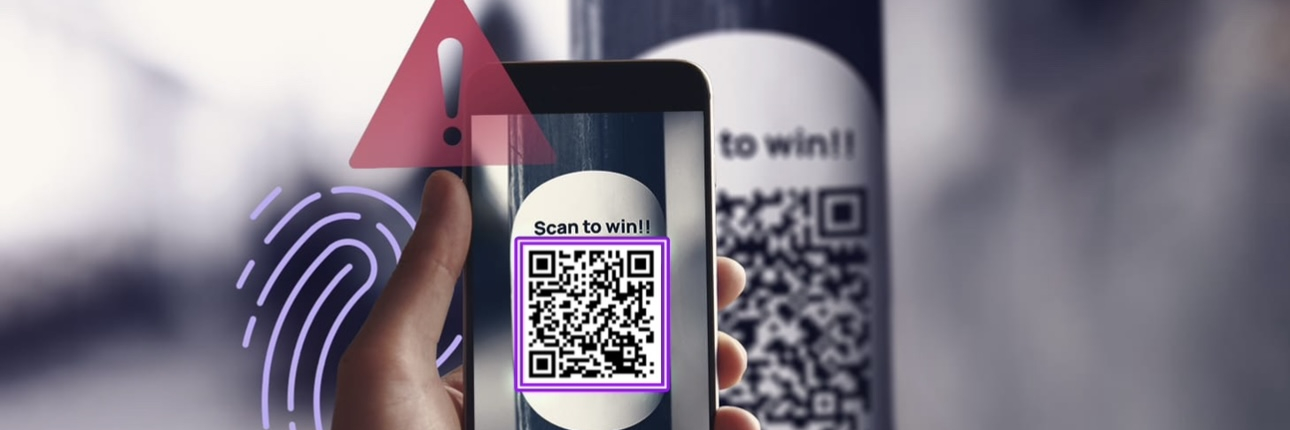QR Code Phishing: The Threat Lurking Behind Convenience (and 10 Tips to Protect Your Business!)
In an increasingly digital world, Quick Response (QR) codes have become indispensable for seamless interactions. And with the COVID-19 pandemic, these codes are more prevalent than ever. From making payments to accessing websites, QR codes offer a convenient and efficient way to bridge the gap between the physical and digital realms.
However, despite this convenience, there lies a lurking threat known as QR code phishing, or “quishing”, a sophisticated cyberattack that exploits unsuspecting individuals by capitalizing on their trust in the technology. In fact, in January 2022, the FBI issued a warning regarding cybercriminals’ manipulation of QR codes.
Email Security Faces New Challenges
The rise of QR code phishing attacks has posed significant issues for email security systems, creating obstacles in detecting and preventing harmful content.
Traditional email filters rely on processes like link analysis and content scanning to identify malicious elements. However, QR codes act as a disguise for harmful website addresses, which can confuse these filters. As a result, deceptive phishing emails can slip through these defenses and potentially expose organizations to data breaches.
It’s also difficult to determine the victims of these attacks. Employees typically interact with QR codes on their personal devices, making it challenging for organizations to track who has been affected.
Ten Tips to Protect Your Organization from Quishing Threats
As with any phishing method, safeguarding yourself against quishing requires vigilance. To ensure your company’s digital safety, consider the following prevention measures:
How to Move Forward
Incorporating these preventative measures into your daily online interactions can protect you and your organization against quishing attacks. Remember that staying informed and maintaining a healthy skepticism are paramount. With the right mindset and a proactive approach, your organization can navigate the digital landscape with confidence and security.
Libraesva PhishBrain makes testing and training employees on the latest phishing methods easy.
Test it out today!

